Learning how to remove zero-waste makeup is easy, but what if you did it the sustainable way?
Conventional skincare, unfortunately, causes too much waste globally, especially makeup wipes and cotton pads, and these two are some of the worst enemies of nature!
If you spent a lot of time building a zero waste makeup routine, you should also educate yourself on removing it without throwing ten makeup wipes and five cotton pads every day.
It’s time that we end this vicious cycle and opt for plastic-free and eco-friendly makeup removers by practicing the easy tips that I listed below.
5 Ways to Remove Zero-Waste Makeup
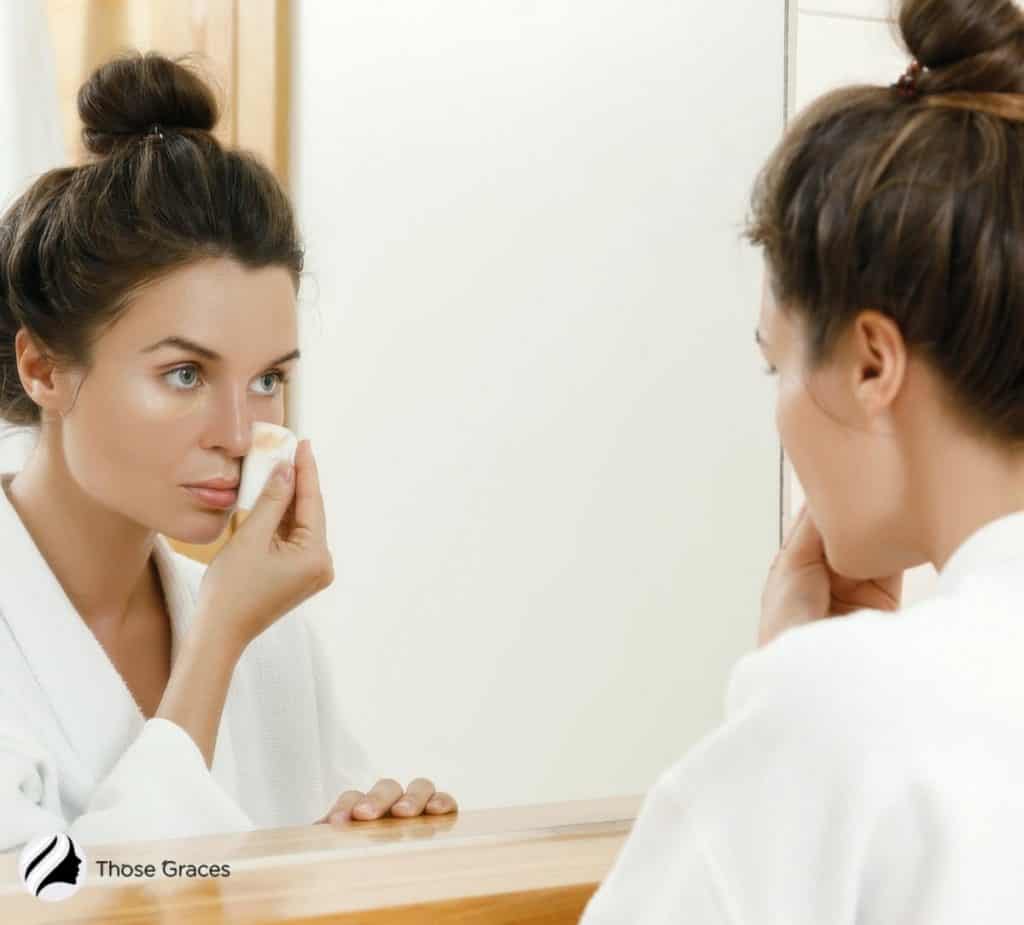
If you’ve been practicing a package free makeup routine, it would be a pity to ruin your efforts by using single-use cotton pads and makeup remover wipes.
Yes, they are convenient, easy to use, handy, and you can take them anywhere.
However, wipes and cotton pads are some of the worst environmental pollutants, so it’s time to bring changes into your beauty routine and achieve beautiful skin, the sustainable way.
1. Facial Rounds
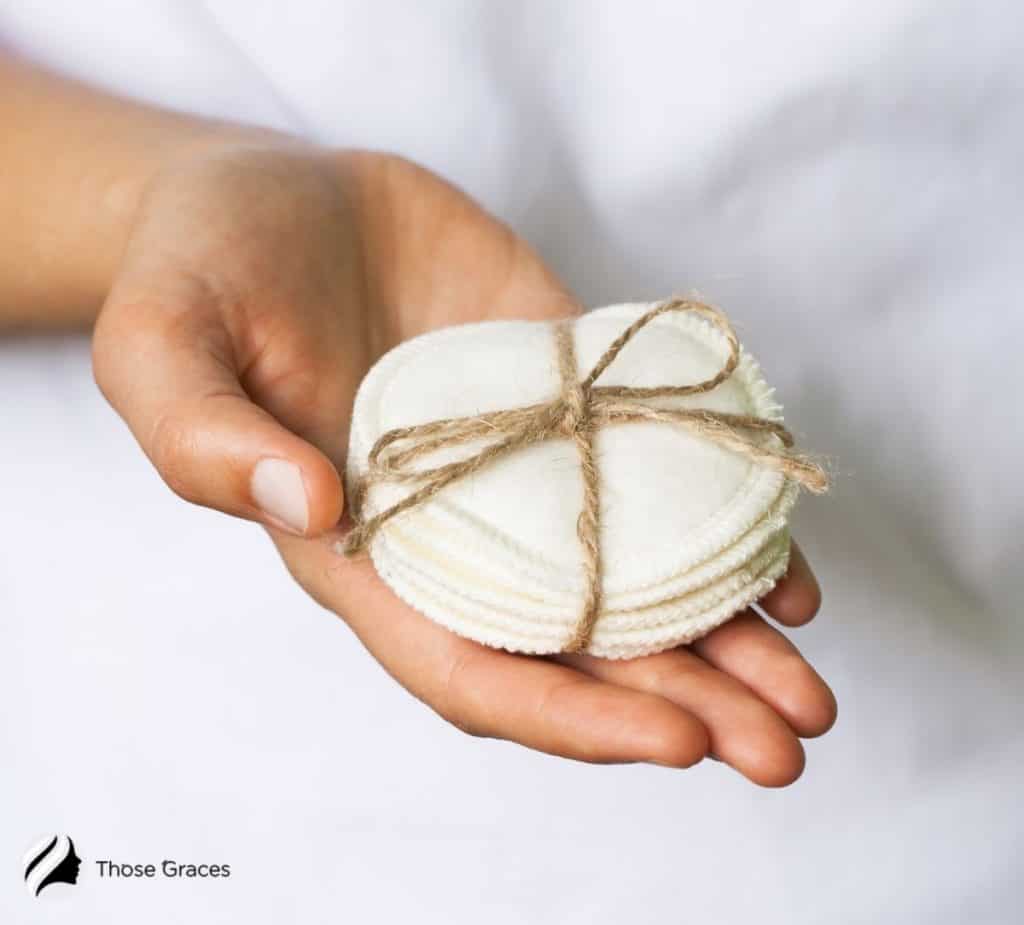
My first step towards a zero-waste makeup removal routine was ditching the cotton pads. Instead, I now get reusable pads.
They are so easy to use, wash beautifully in the washer, and are available in various materials.
You can either opt for cotton or bamboo. After you start using these rounds, you’ll never want to go back to your old habits.
The outer packaging of single-use cotton pads also contaminates the environment. You can keep your new reusable makeup pads in a reusable container made of glass.
2. Reusable Microfiber Cloths
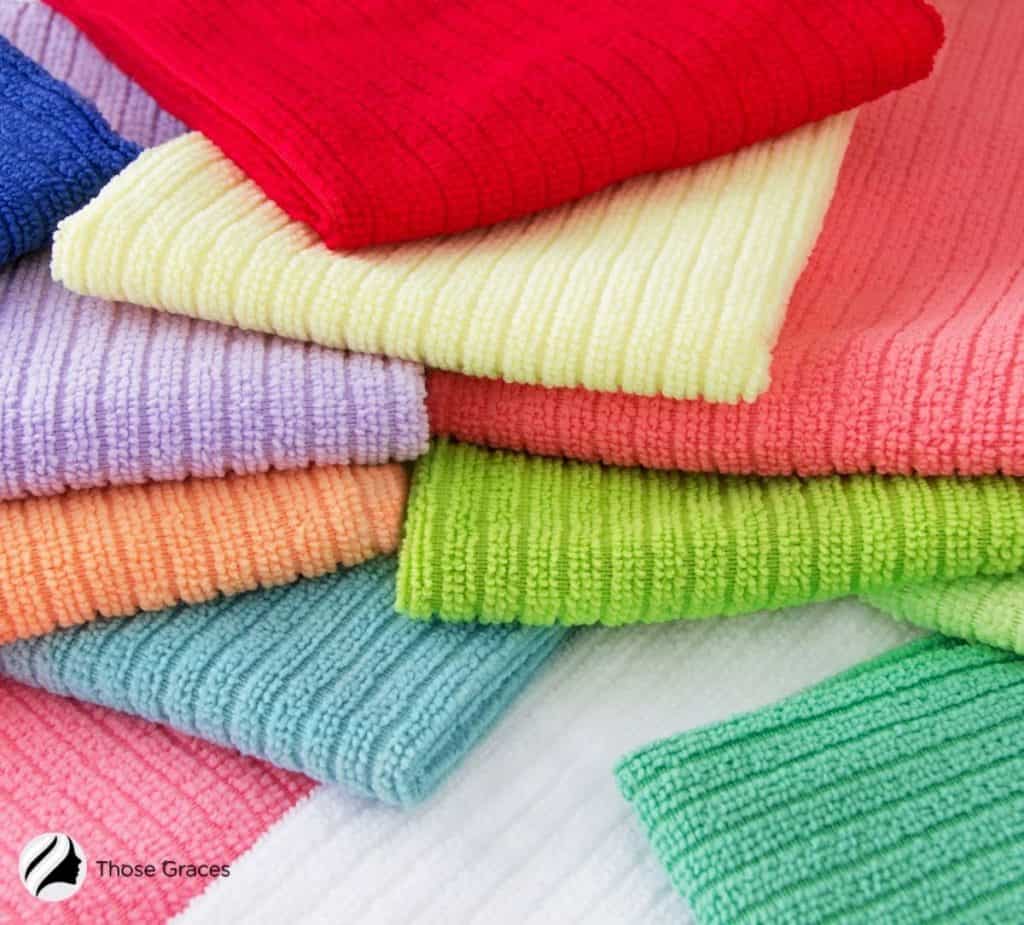
Another great, sustainable, plastic-free makeup removal option is reusable microfiber cloths.
Many zero-waste makeup brands produce them, and they come in various shapes, colors, and sizes.
The great thing about microfiber makeup removal cloths is that they are machine washable, and you can reuse them many times.
Most of these cloths are meant to be used without a makeup remover because they are gentle and absorbent.
All you need to do is dampen the cloth and start removing makeup using circular motions.
You’ll see how the cloth will remove the makeup, leaving your face clean and ready for skincare application.
I love using microfiber cloths because I feel they are gentler to my skin compared to other makeup remover options.
3. Coconut Oil
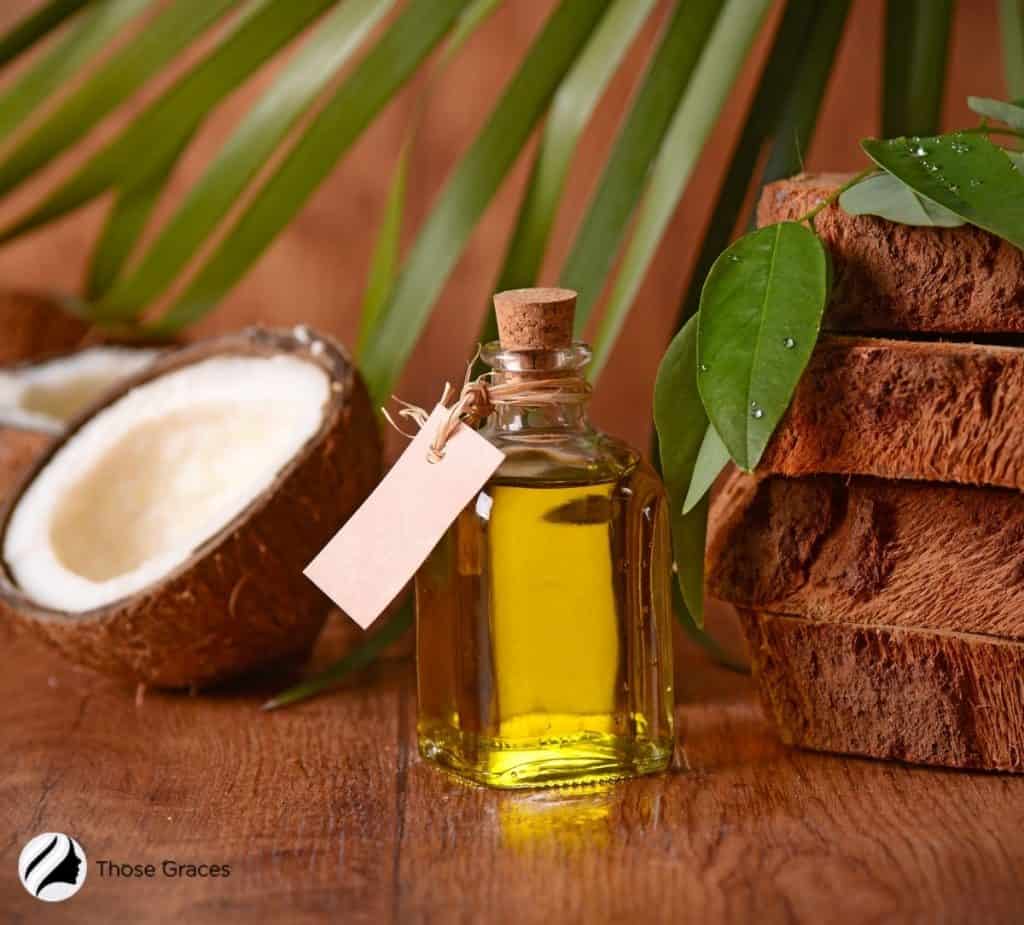
Coconut oil is a good makeup remover for dry skin. All you need to do is get some high-quality oil and massage it on your face.
It will start melting on your face once you apply it, and you’ll see how fast it removes all kinds of makeup.
If you practice double-cleansing, coconut oil can be your first step of the routine.
Since it’s an oil, it’s gentle when removing tough and waterproof makeup.
Plus, coconut oil usually comes in a glass bottle, so you don’t have to worry about plastic waste.
The thing about coconut oil is that it can be pretty comedogenic and irritate acne-prone skin.
Because of the comedogenic rating, this oil can clog pores and cause even more acne than before. It’s also not the best alternative for people with sensitive skin.
4. Witch Hazel

Witch hazel has anti-inflammatory properties and is often used as a part of DIY makeup remover recipes.
The great thing about this ingredient is that it’s affordable and easy to find. It’s also suitable for most skin types.
My best friend has acne-prone skin, and she’s absolutely in love with witch hazel.
She mixes it with water then applies it on reusable makeup remover pads.
My skin is extremely dry and eczema-prone, so this ingredient was unfortunately too drying. Either way, I’m still willing to try it in a different recipe mixed with more nourishing ingredients.
Another tip is to keep your new makeup remover in recyclable packaging, such as a glass bottle.
5. DIY Zero-Waste Makeup Remover
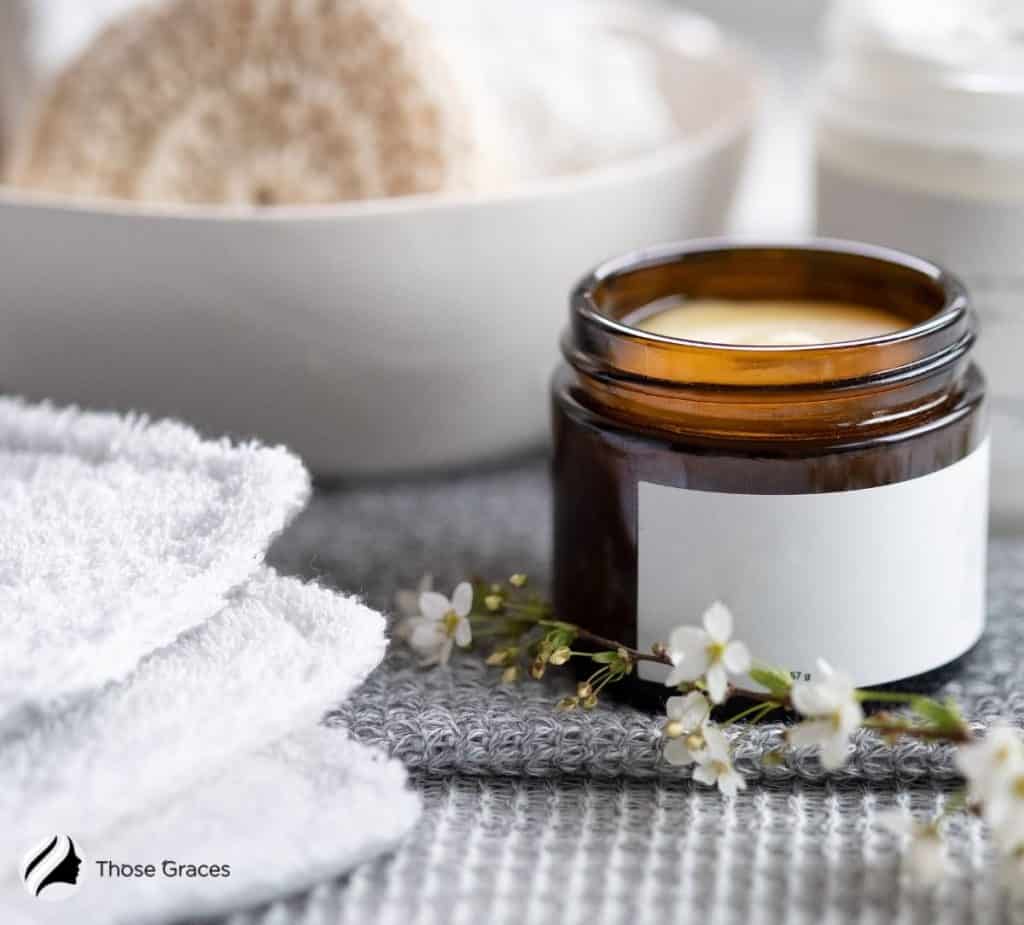
There are so many amazing recipes online that you can try to create your own zero-waste makeup remover.
Conventional removers come packed in plastic packaging and feature an ingredient list full of harmful chemicals.
Instead of spending hours searching for the best makeup remover online, loaded with chemicals, you can make your own and keep it in glass packaging.
That’s as sustainable and eco-friendly as it gets.
Some of the most commonly used ingredients include castor oil (promotes lash growth, so it’s perfect as an eye makeup remover), olive oil, coconut oil, sweet almond oil, jojoba oil, grapeseed oil, and more.
FAQs
What can I use to remove makeup instead of wipes?
How long does it take for a makeup wipe to decompose?
Are cotton pads bad for your skin?
Can you use witch hazel to take off eye makeup?
References:
- Cruel, Jessica. n.d. “9 Reusable Alternatives to Your Beloved Single-Use Makeup Wipes.” SELF. https://www.self.com/gallery/reusable-makeup-wipes.
- “DIY Zero Waste Makeup Remover.” n.d. Wild Minimalist. Accessed June 3, 2021. https://wildminimalist.com/blogs/news/diy-zero-waste-makeup-remover.
- “How to Remove Makeup Zero-Waste.” n.d. Green Matters. Accessed June 3, 2021. https://www.greenmatters.com/p/makeup-remover-diy.
- “The Sad Truth about Makeup Wipes | 100% PURE.” n.d. Www.100percentpure.com. Accessed June 3, 2021. https://www.100percentpure.com/blogs/feed/the-sad-truth-about-makeup-wipes.
- “Zero Waste Makeup Remover: 5 Brands Keeping Your Pores and the Planet Clean.” n.d. Www.sustainablejungle.com. Accessed June 3, 2021. https://www.sustainablejungle.com/zero-waste/zero-waste-makeup-remover/.
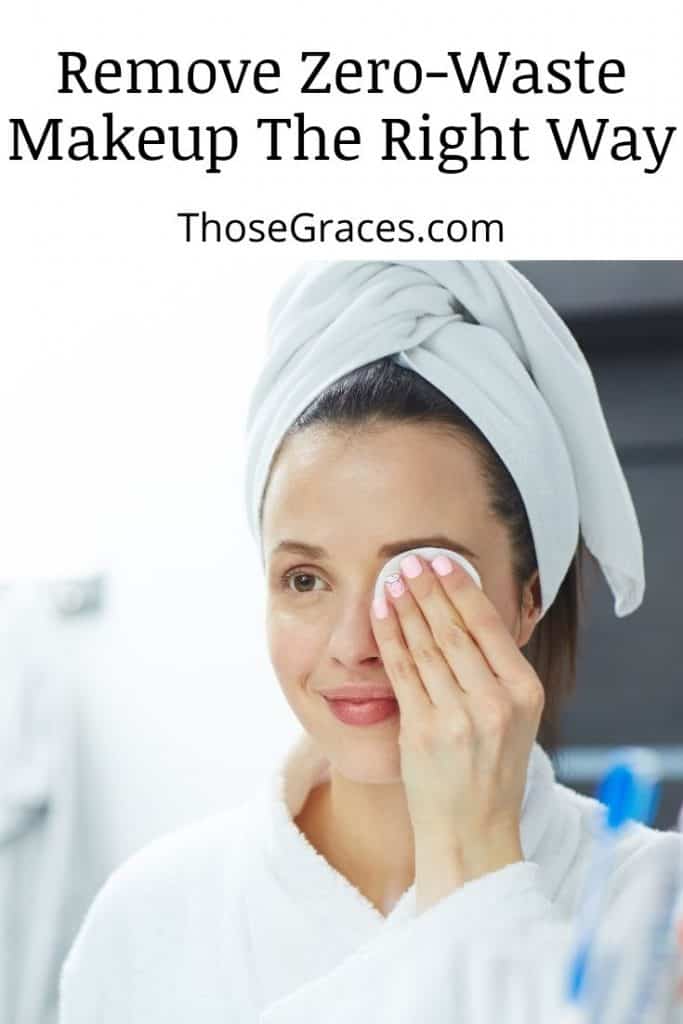
Do you have other tips on how to remove your makeup zero-waste? Please share with us below!


